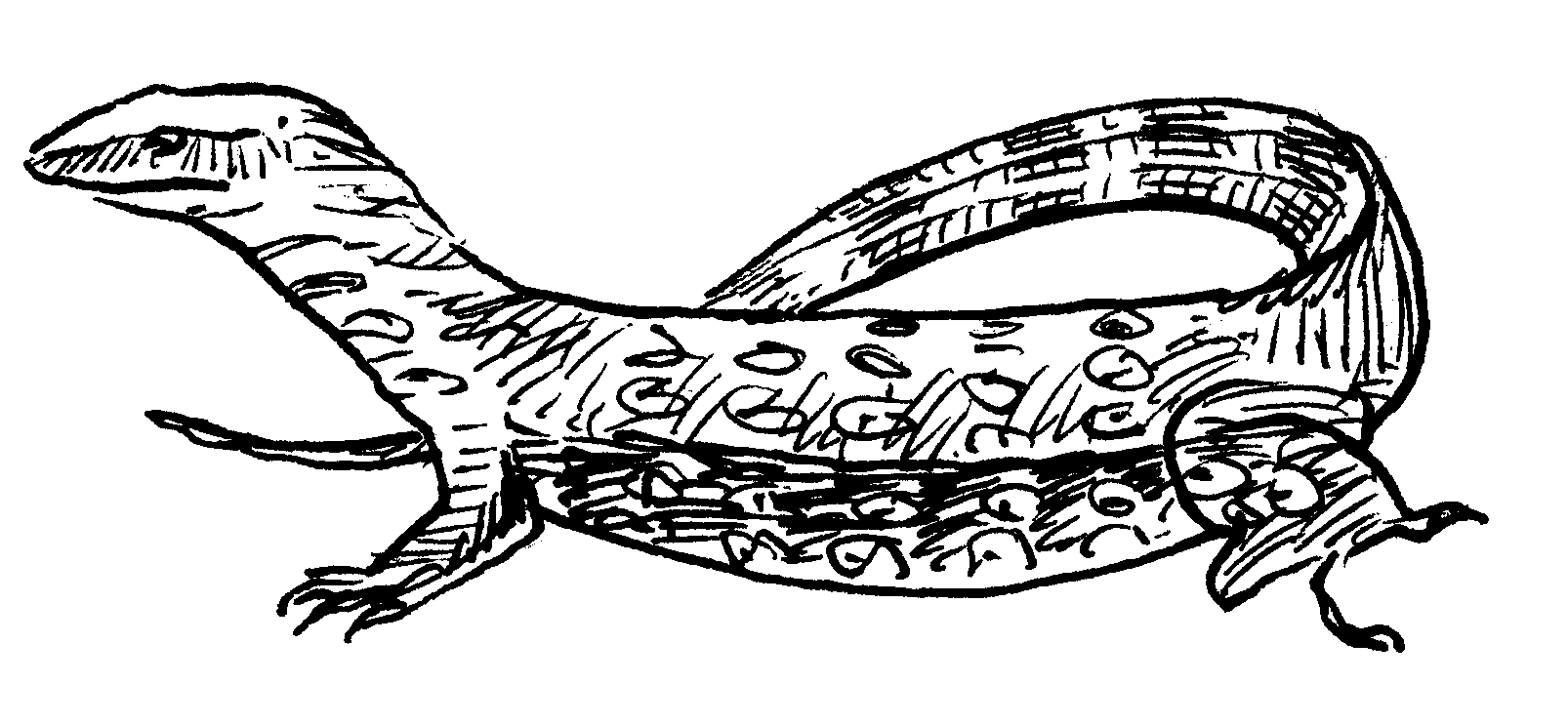| << Chapter < Page | Chapter >> Page > |
All plants and animals are divided into groups according to their characteristics. Can you remember what we call the process by which this division is performed?
Classification

Fish eagle Haliaeetus vocifer

Rhinoceros Diceros bicornis

Leguan Varanus niloticus

Common frog Rana temporia

Common carp Cyprinus carpio
Assessment of classification:
Could you apply the sketches correctly and list the correct features?
[ LO 2.2]
The classification of living organisms is performed according to an international system designed by scientists. This makes it possible for people from all language groups and from all over the world to know precisely which organism is meant when information is offered or received.
Carl Linnaeus (1707-1778), a Swedish doctor, botanist and zoologist, has had the most important influence on our present classification system.
1. What is a biologist?
2. What is a botanist?
3. Write the scientific name of the earthworm according to the international rule:
4. Why is classification important?
5. What is the meaning of terre in the scientific name of the earthworm?.
6. Use of the information provided on the page of sketches and write the scientific name in one column and the common name in another column.
7. Examine the names of the different robins (birds)
Assessment of APPLICATION:
Could you answer the questions?
[LO 2.4]
ASSIGNMENT [LO 1.2]:
Learning outcomes 1: Scientific investigations
The learner will be able to act confidently on curiosity about natural phenomena, and to investigate relationships and solve problems in scientific, technological and environmental contexts.
This is evident when the learner
1.2 is able to conduct an investigation and collect data.
Learning outcomes 2: Constructing Science Knowledge
The learner will know and be able to interpret and apply scientific, technological and environmental knowledge.
This is evident when the learner
2.4 is able to apply knowledge.
Activity: APPLICATION OF CLASSIFICATION

Notification Switch
Would you like to follow the 'Natural sciences grade 8' conversation and receive update notifications?